Linear actuators are devices that produce mechanical linear motion by converting various forms of energy into mechanical energy. Typically part of motion control and position control systems in automated assembly processes, linear actuators are most often computer-controlled, although simple actuators may be powered mechanically. Read More…
Del-Tron Precision, Inc. was founded in order to serve the needs of automated equipment manufacturers for innovative, high quality and reasonably priced anti-friction linear bearings and associated products such as valve actuators.

Utilized in a variety of applications and industries, the products designed and manufactured at Burr Engineering & Development include ball screw actuators and similar mechanisms.

At IAI America, we are dedicated to providing value and originality with any product that we provide to you. Our linear actuator model types include slider, folded-motor slider, rod, and single, double, or ball-bushing type guided rod actuators. Our staff members are committed to being available in order to bring you full customer satisfaction while delivering the products that will best suit...

Isotech provides a number of different linear actuator & lifting columns for various applications. These products can be customized to meet your specific load requirements and travel distances. You can trust the accuracy of these solutions and the experts at Isotech is always available to assist you with your needs. Feel free to contact them today to learn more information!

ElectroCraft hybrid stepper-based linear actuator solutions provide original equipment manufacturers the precision, performance and reliability that is required for a wide variety of motion control positioning applications. From medical and laboratory equipment to industrial machinery, ElectroCraft offers configurable or completely customizable solutions in three unique product designs: linear...

Our linear actuators are at the top of the market and on the leading edge of innovation. If you need a new design or modification to an existing design, we are the true professionals that you need to call.

Tusk Direct’s specialty is linear motion components. We offer slides, bearings, lubricants and assemblies compatible with pneumatic or electric actuators and actuator systems.

More Linear Actuator Manufacturers
What Linear Actuators Are
Linear actuators often function as servomechanisms, similar to linear servo motors. In this role, they can either supply and transmit precise amounts of energy to operate another mechanism or component, or they may perform the actual work themselves. They are integral to almost all factory automation processes, where they are used to push, lift, rotate, or transport products or equipment during various manufacturing stages. They can also be employed to move solar panels. Some linear actuators can operate in extreme environments such as vacuum, radiation, cryogenic, corrosive, and underwater conditions. These actuators are commonly found in devices like reed switches, electric motors, stepper motors, linear motors, pneumatic cylinders, and more.
Linear actuators play a crucial role in robotic processes across a wide range of industries, including automotive, biotechnology, pharmaceuticals, food, packaging, and electronics.
Electric and Pneumatic Actuators are devices that convert energy into motion and can also be used to apply force. An actuator is responsible for moving and controlling a mechanism or system, such as opening a valve. It requires a control signal and a source of energy. The control signal is relatively low energy and may be in the form of electric voltage or current, pneumatic or hydraulic fluid pressure, or even human power. The primary energy sources for actuators are the high-energy versions of the mentioned signals, excluding human power.
When an actuator receives a control signal, it converts the energy source into mechanical motion. In the context of electric, hydraulic, and pneumatic systems, this process is a form of automation or automatic control. Pneumatic actuators specifically convert energy, typically in the form of compressed air, into mechanical motion, allowing significant forces to be generated from relatively small pressure changes. A pneumatic actuator mainly consists of a piston or a diaphragm that generates motive power by maintaining air in the upper portion of the cylinder, enabling air pressure to move the diaphragm or piston, thus moving the valve stem or rotating the valve control element.
History of Linear Actuators
The exact origins of the first linear actuator are unclear. However, it is known that during the early Industrial Revolution, manufacturers began using tools that functioned similarly to modern linear actuators. By the early 19th century, these tools had become more common and were being utilized with the help of linear actuators.
In 1979, Bent Johnson invented the electric linear actuator. Initially intended to improve his friend’s wheelchair, his invention quickly gained popularity. Within a few years, Johnson’s electric linear actuator was widely used across various industries, especially in agriculture, where it enabled automation of many processes.
In the 21st century, advancements such as the creation of the micro actuator have diversified the applications of linear actuators. Modern linear actuators, depending on their design, are more intuitive, powerful, and efficient than their predecessors.
Linear Actuator Design
When designing a custom linear actuator, manufacturers must consider several key design elements, including materials (typically strong materials like stainless steel or anodized extruded aluminum), size, load capacity (measured in pounds), actuator power source, level of automation, load speed, input voltage, and IP rating. Generally, a higher IP rating indicates better protection.
Manufacturers base their design choices on application specifications such as the environment in which the actuator will be used (including its accessibility), the weight of the loads the actuator will move, the distance the actuator must move the load, the speed at which the actuator must move the load, the frequency with which the actuator must move the load, and any relevant industry standards.
To visualize the layout and connections of the linear actuator they will construct, manufacturers often start by drawing or generating a wiring diagram using computer software. Typically, manufacturers offer both standard series actuator models and custom actuator models. To explore your options, get in touch with potential suppliers.
Features of Linear Actuators
Linear actuators can operate using a variety of energy sources, including hydraulic, pneumatic, mechanical, electromechanical, and piezoelectric power.
These actuators are driven by different mechanical, electrical, pneumatic, and hydraulic designs, each employing distinct principles to generate motion. For instance, many linear actuators utilize a ball screw design, where a rotating screw rod moves in and out of a housing, producing linear motion.
Types of Linear Actuators
Various actuator designs are employed in different processes, including ball screw actuators, rotary actuators, miniature linear actuators, telescopic actuators, electric linear actuators, electro-mechanical actuators, fluid power linear actuators, pneumatic actuators, piezoelectric actuators, linear motors, linear chain actuators, and valve actuators.
Ball screw actuators, also known as drive screws, are highly accurate and rigid. They convert rotary motion into mechanical energy using ball nuts and ball screw drives. The screw components rotate using a synchronous timing belt drive, a worm gear drive, or a direct drive, which pushes the drive nut along the screw and extends the rod. Rotating the screw in the opposite direction retracts the rod. A cover tube protects the screw nut from environmental elements and contamination. Radial thrust bearings allow the screw to rotate freely under loaded conditions.
Rotary actuators provide radial motion instead of linear, similar to rotary tables, and are used in assembly automation applications.
Rodless actuatorstransport loads to their destinations rather than using a rod to push or pull them. They can be designed as pneumatic, hydraulic, or electric actuators depending on application requirements.
Stepper motor linear actuators utilize a DC stepper motor, which is electric and brushless, facilitating full rotation. They do not require a position sensor if the motor component meets the required speed and torque. These actuators are commonly used for laser and optics positioning applications.
Miniature linear actuators are smaller versions of standard linear actuators, often referred to as mini or micro linear actuators. While generally electric, they may also use pneumatic, hydraulic, or piezoelectric power, with the latter providing highly precise, short movements.
Telescopic actuators use a spindle technology to provide linear motion, making them highly space-efficient due to their telescopic design. These actuators provide vertical mechanical motion.
Electric linear actuators, or electric cylinders, convert electrical energy into linear displacement using a drive mechanism. They feature electric motors, a limit switch, and an output shaft. They are frequently used in automotive systems for applications like automatically opening and closing dampers, automatic braking, or automatic locking doors.
Electrohyrdaulic linear actuators control fluid flow through a valve. A brake is typically installed above the motor to prevent fluid pressure from forcing the valve open. Without a brake, the actuator repeatedly activates to reclose the valve, leading to eventual motor and actuator damage.
Electromechanical linear actuators are electric linear actuators driven by mechanical transmission, with the most common type being the 12-volt linear actuator.
Fluid power linear actuators create linear displacement using a piston and cylinder, powered by differential air pressure, gas, or hydraulic fluid. They are used in applications such as welding, damper door operation, and clamping.
Pneumatic actuators use gas to move pistons. They are easy to use and inexpensive but are loud, clunky, and inconvenient.
Piezoelectric actuators provide extremely small, precise movements and manipulate fluid films by using the electric charge that builds in certain materials (e.g., some ceramics, crystals) to expand and create motion.
Linear chain actuators pull or push a load in a straight line using lengths of chain, sprockets, and driving gears.
Linear motors operate without a lead screw to convert power, using actuators with magnetic field structures along their length. They are durable, long-lasting, and versatile but have a relatively low load capacity.
Valve actuators are a type of electric actuator specifically designed to work with valves.
Linear Actuator Advantages
Linear actuators, depending on their design, offer a variety of advantages. Firstly, all types of linear actuators are powerful. Secondly, some, such as linear motors, exhibit high repeatability. Additionally, they are versatile and relatively inexpensive. Linear actuators can operate in extreme temperatures, typically ranging from -40 to 250 degrees Fahrenheit. They avoid the use of hazardous materials and provide explosion protection. Some models also offer exceptional efficiency. For more information, consult your supplier.
Linear Actuator Disadvantages
They are highly sensitive to sudden temperature extremes and vibrations. Additionally, compressed air is more costly than electricity. It’s crucial to prevent leaks in a pneumatic system, as escaping compressed air results in energy loss.
Linear Actuator Accessories
Various accessories are available to enhance the performance and control of your linear actuator. Examples include digital timers, monitoring tools, speed controllers, and fuses. To determine which accessories are suitable for your specific application, consult with your supplier.
Linear Actuator Proper Care
Proper care of a linear actuator involves several key aspects: storage, maintenance, and lubrication. To prevent debris and dust from accumulating, keep the actuator in its factory packaging until it is ready for use. Establish a regular inspection schedule to check for issues such as misalignment and improper oil distribution, and promptly address any problems, even minor ones, to prevent them from escalating. Additionally, ensure the actuator is properly lubricated to avoid corrosion, wear, and abrasion. For the best advice on lubrication frequency and the appropriate type of lubricant, consult your supplier.
Linear Actuator Standards
Standards for linear actuators vary by location, industry, and application. In the United States, refer to guidelines from organizations such as ANSI and ASME. For international companies, ISO (International Standards Organization) standards are relevant. Many industries adopt these guidelines as their own. It’s essential to consult with industry leaders to determine the necessary certifications before purchasing an actuator.
Additionally, regardless of your specific application, it’s advisable to understand IP (Ingress Protection/International Protection) ratings. This will help you choose an actuator suited to the environmental conditions it will face, ensuring its performance and longevity.
Things to Consider About Linear Actuators
Before purchasing a linear actuator, ensure it meets your application requirements in the following areas: speed capabilities (extension and retraction speed), load rating (maximum weight it can move), stroke length (extension reach), power-to-weight ratio (power relative to size), device life, and power source and programmability (simple inputs versus complex programming).
For optimal results, document these specifications along with your budget, deadline, delivery preferences, and post-delivery needs.
Once you have this information, review the high-quality linear actuator manufacturers listed on this page. All the listed manufacturers are top-rated, reliable, and experienced. Find their profiles in the middle of this page, compare their services and product offerings against your specifications, and select three or four manufacturers that seem best suited to your needs. Reach out to each one to discuss your application in detail. After evaluating their responses, compare what they offer and choose the manufacturer that best meets your requirements.


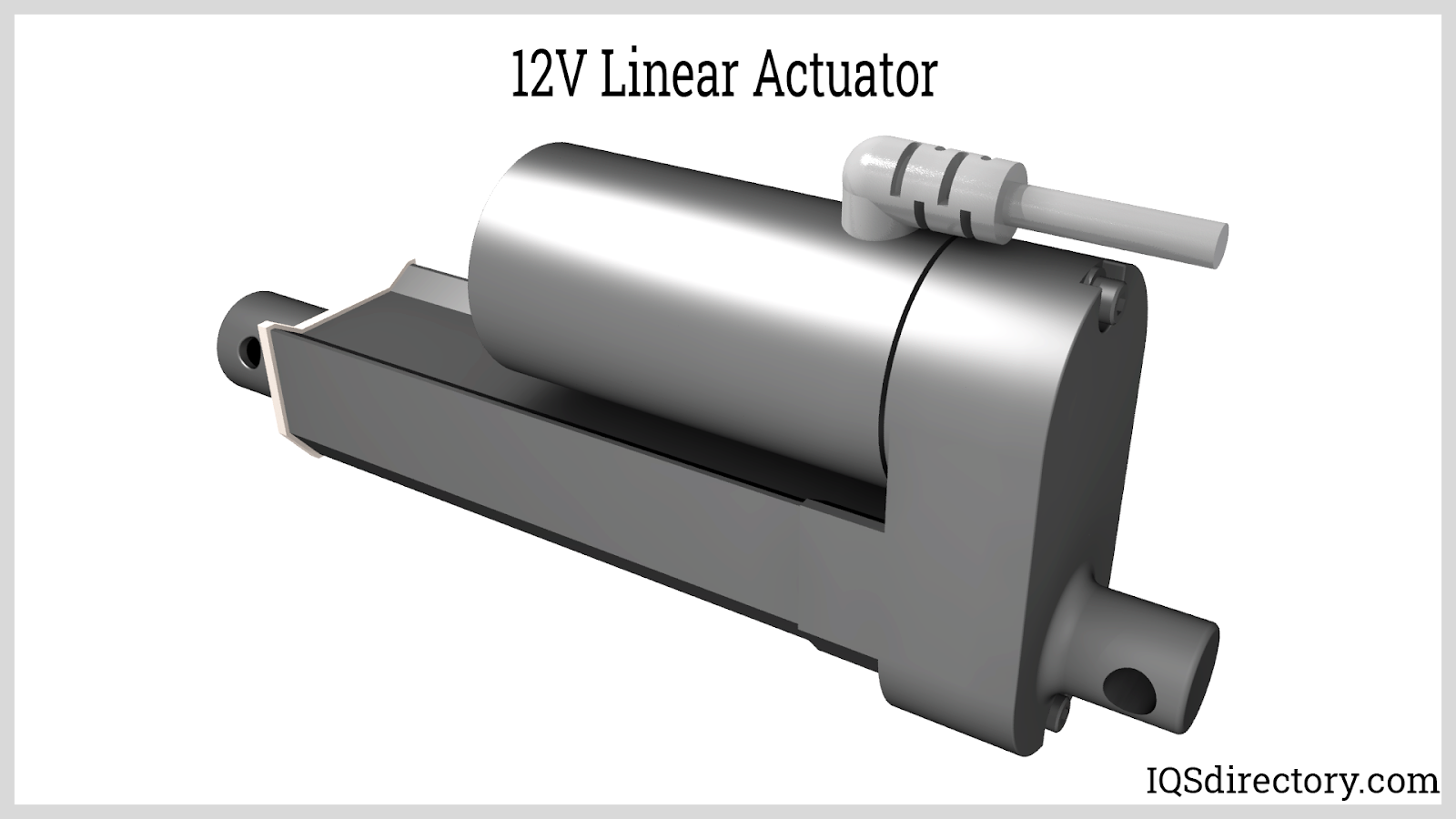
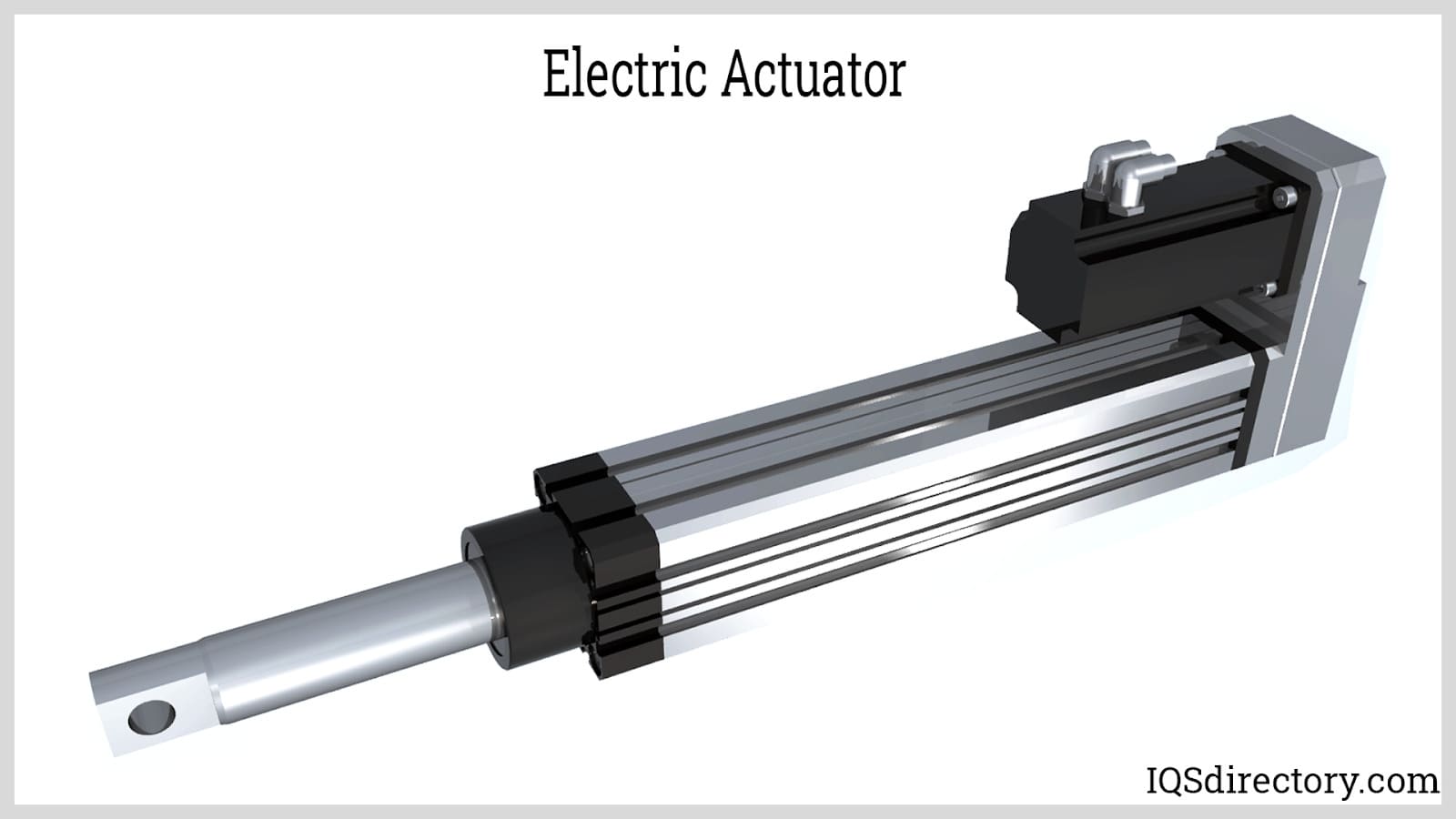
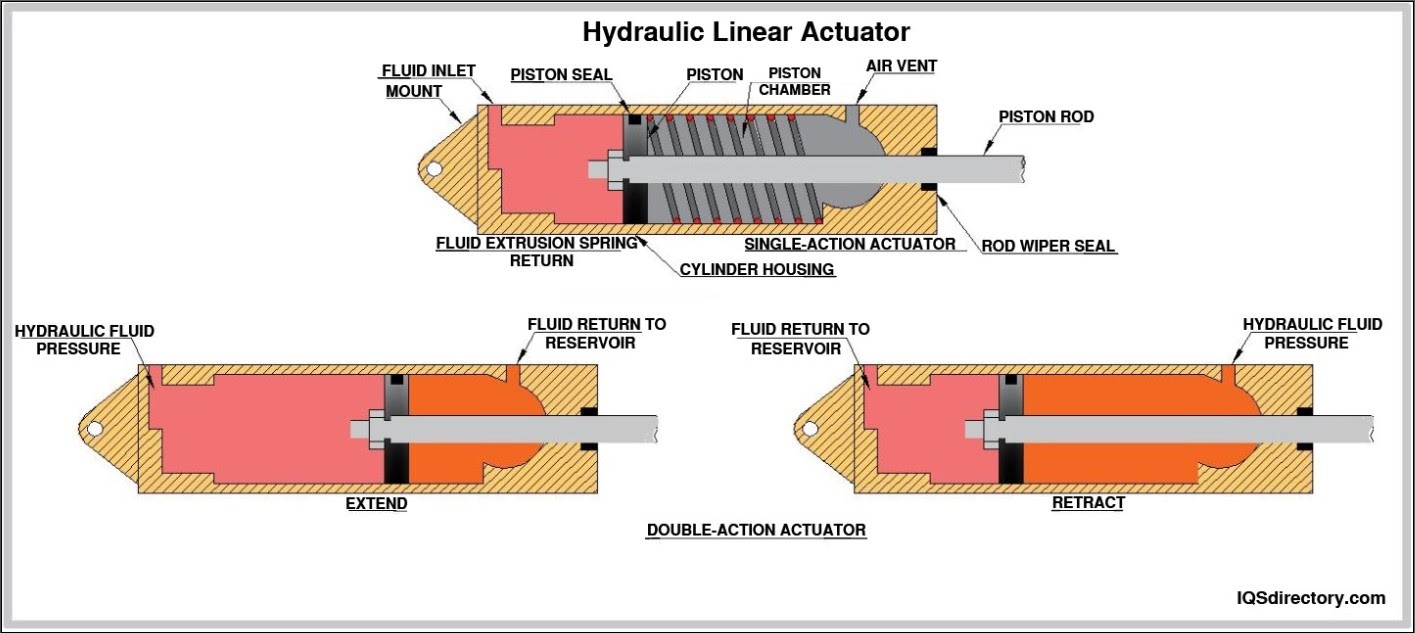
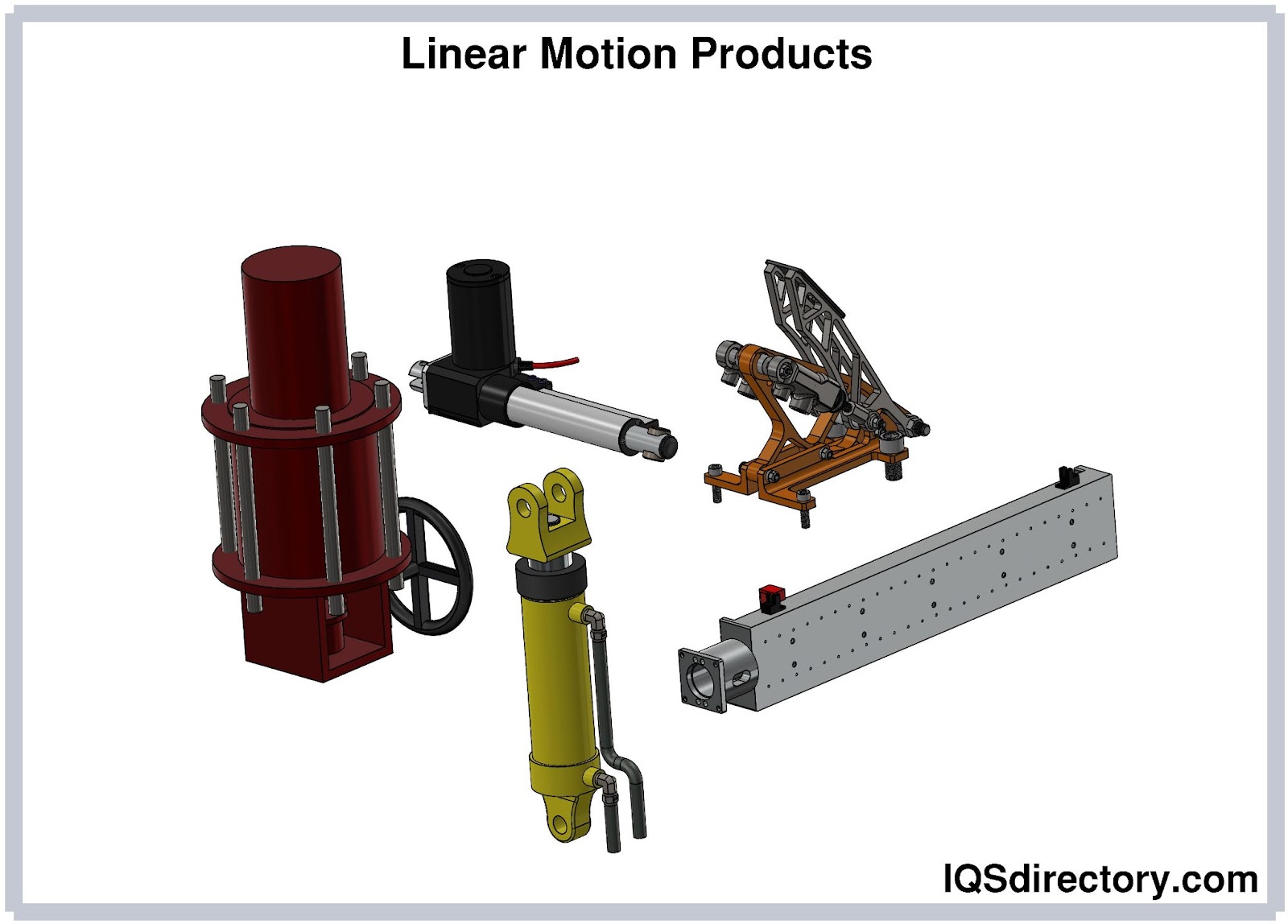
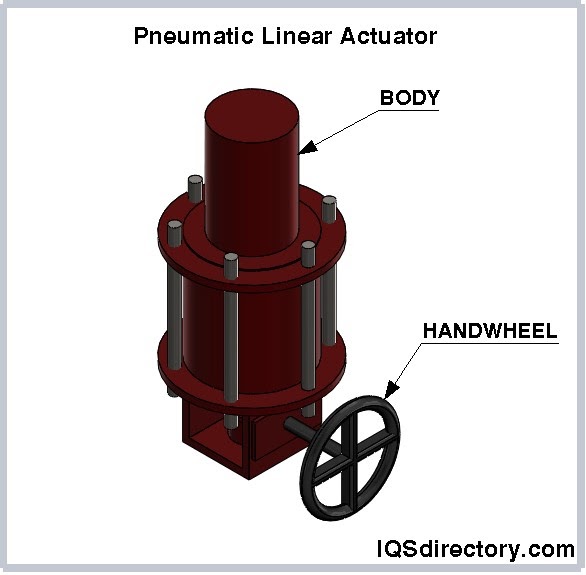
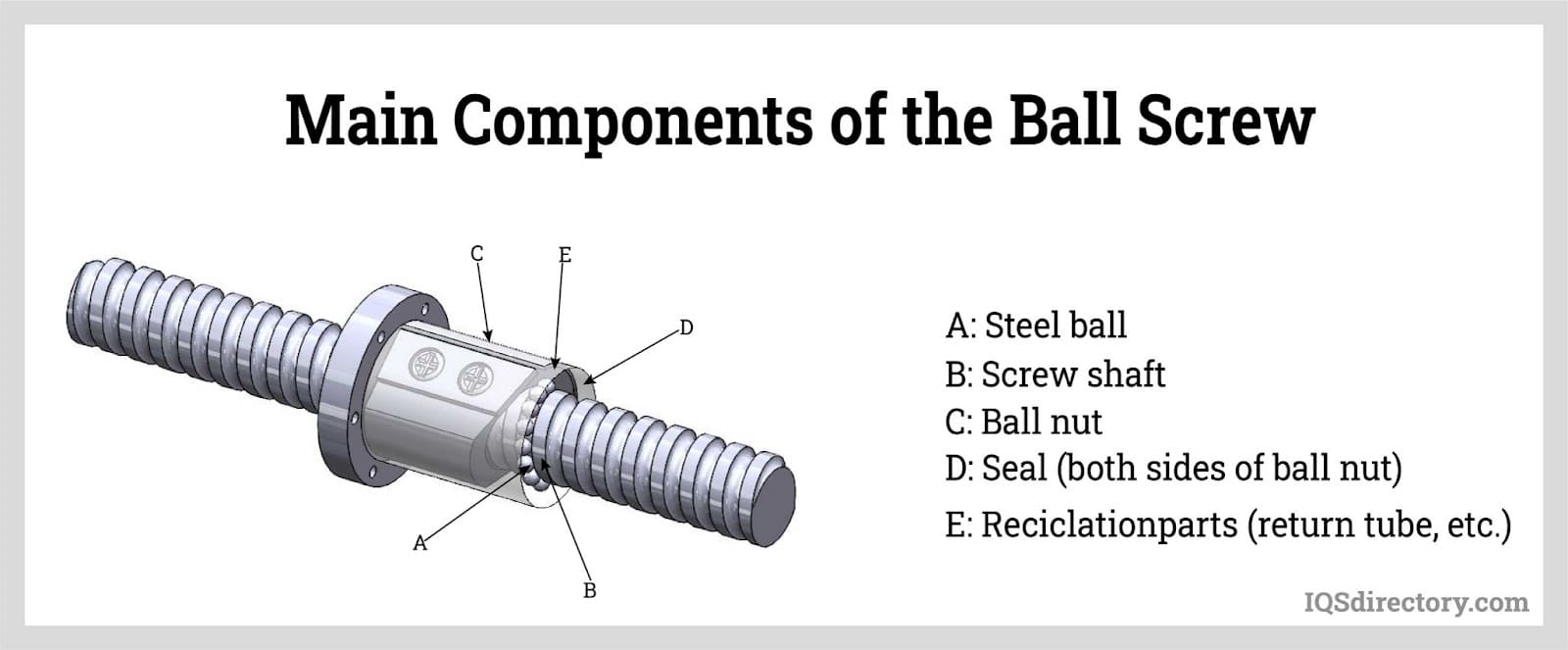
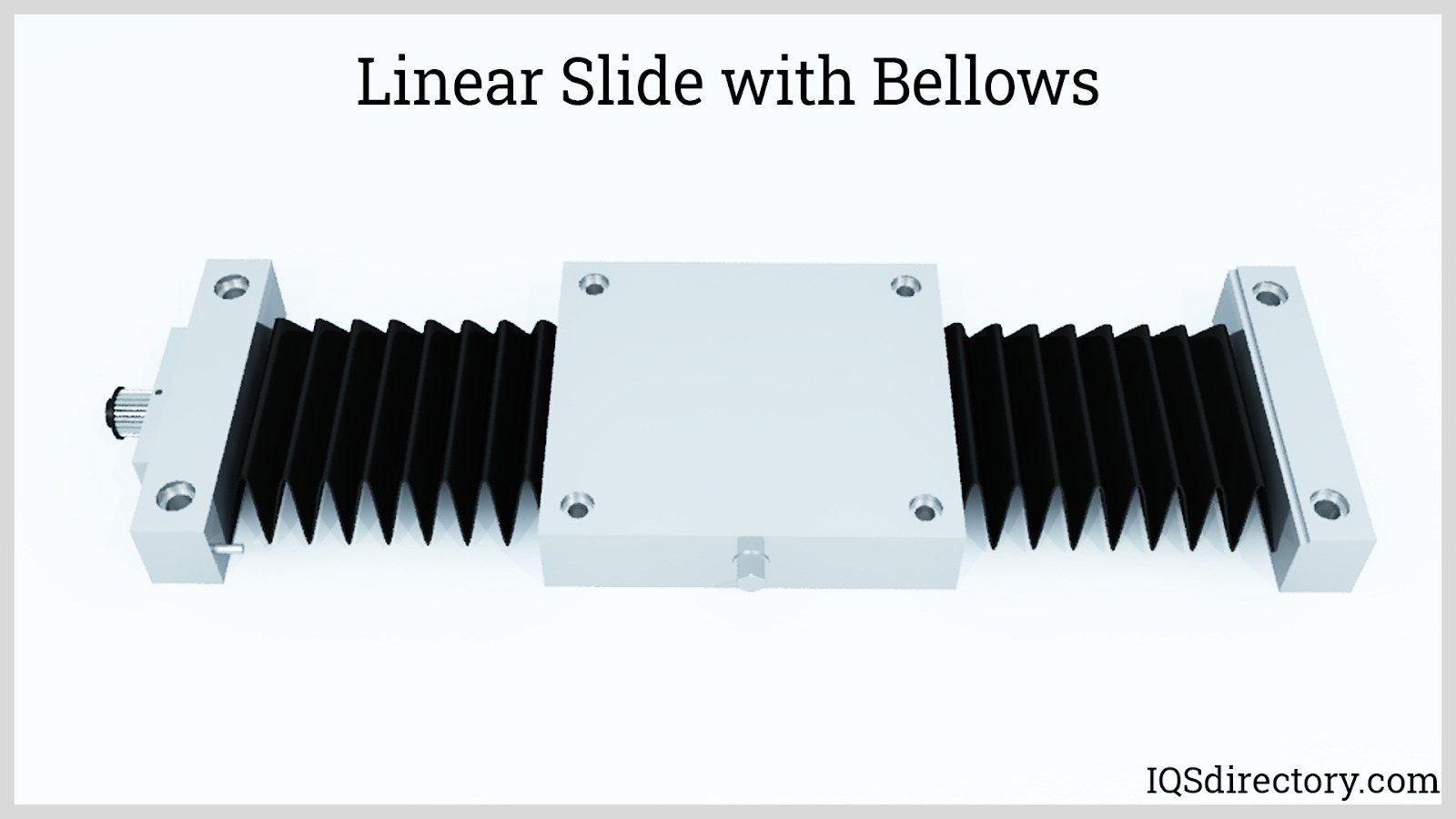
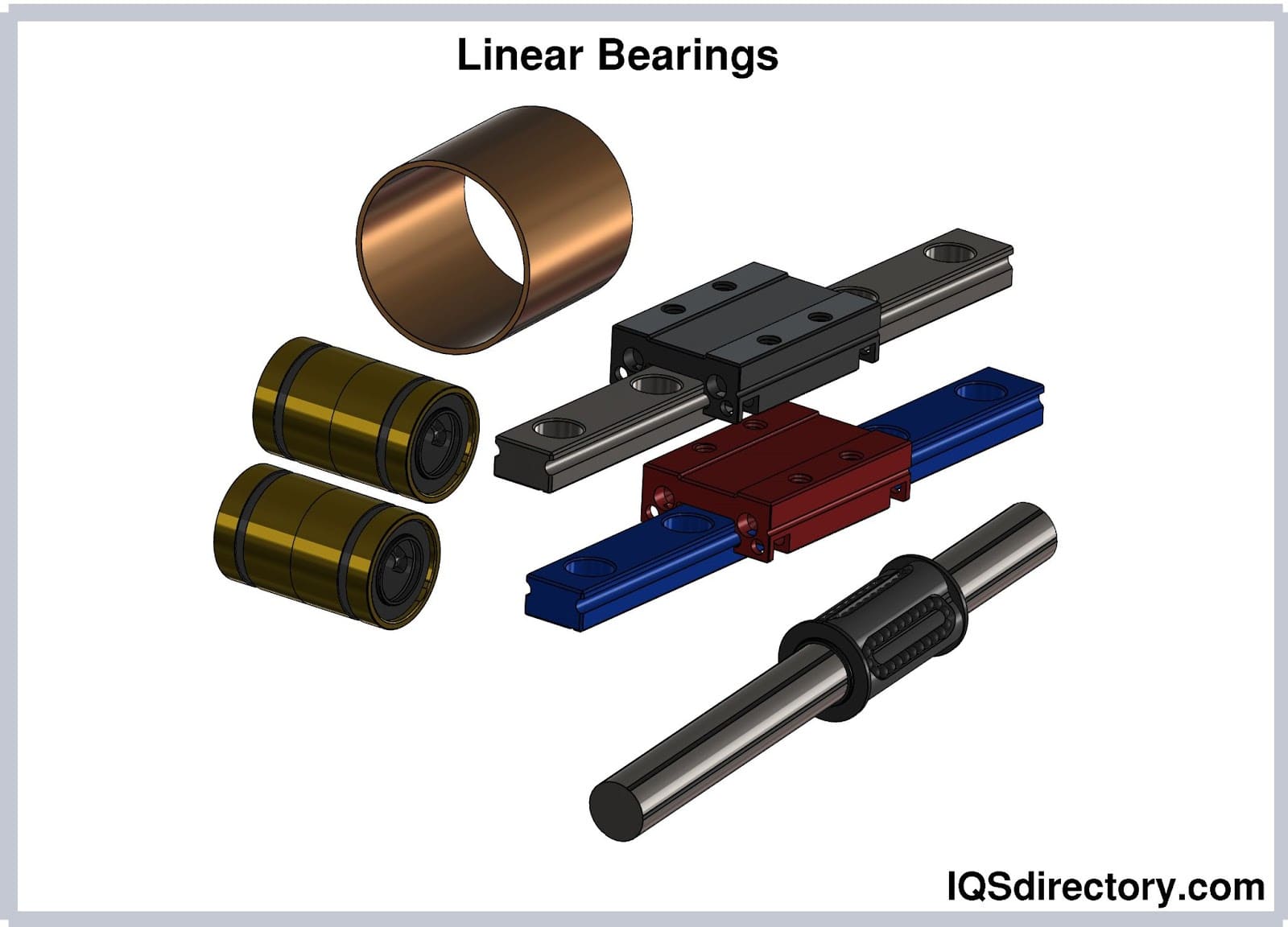
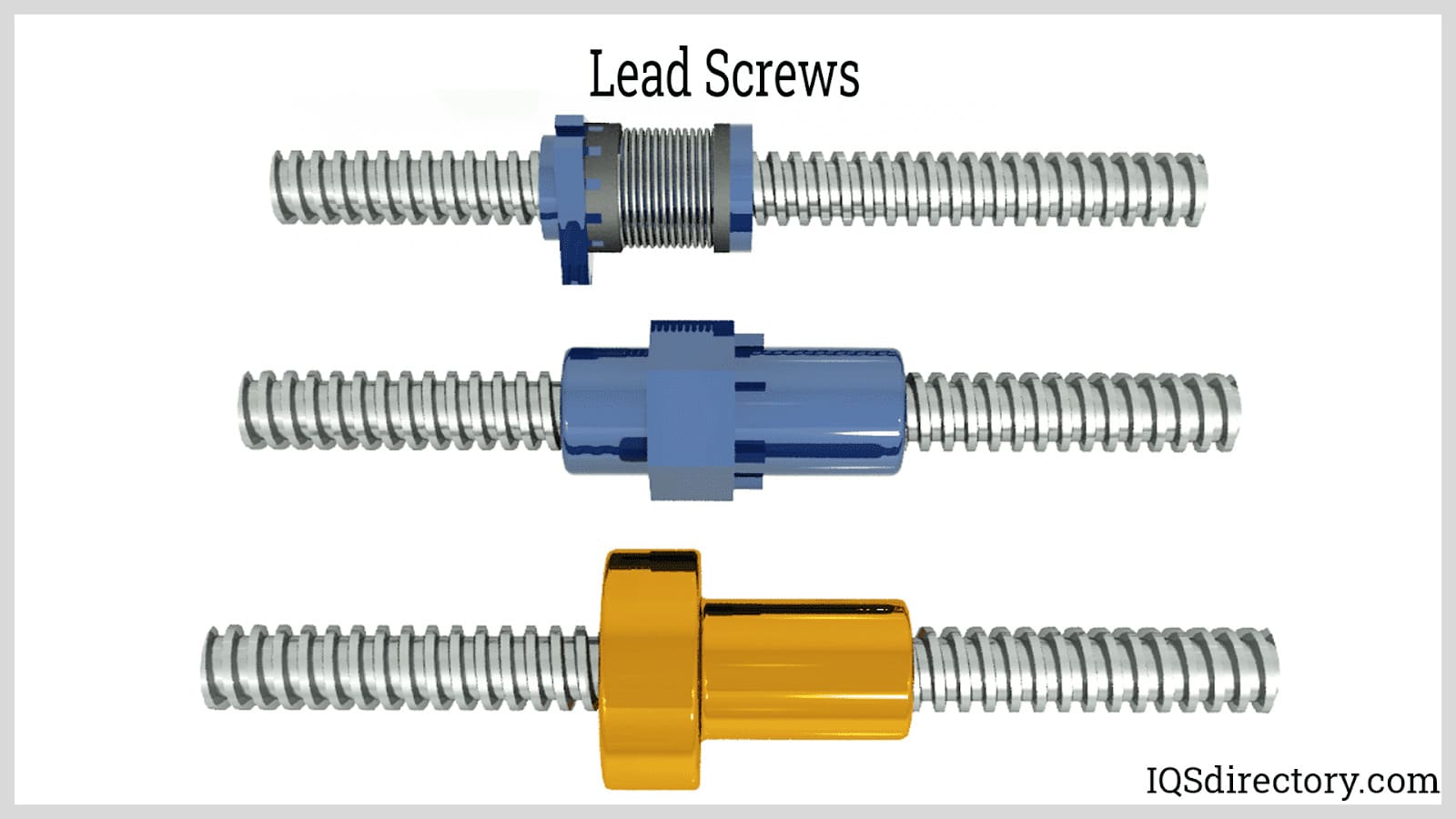
 Air Cylinders
Air Cylinders Assembly Machinery
Assembly Machinery Ball Bearings
Ball Bearings Electric Motors
Electric Motors Fractional Horsepower Motors
Fractional Horsepower Motors Friction Materials
Friction Materials Linear Actuators
Linear Actuators Linear Bearings
Linear Bearings Linear Slides
Linear Slides Castings & Forgings
Castings & Forgings Bulk Material Handling
Bulk Material Handling Electrical & Electronic Components
Electrical & Electronic Components Flow Instrumentation
Flow Instrumentation Hardware
Hardware Material Handling Equipment
Material Handling Equipment Metal Cutting Services
Metal Cutting Services Metal Forming Services
Metal Forming Services Metal Suppliers
Metal Suppliers Motion Control Products
Motion Control Products Plant & Facility Equipment
Plant & Facility Equipment Plant & Facility Supplies
Plant & Facility Supplies Plastic Molding Processes
Plastic Molding Processes Pumps & Valves
Pumps & Valves Recycling Equipment
Recycling Equipment Rubber Products & Services
Rubber Products & Services